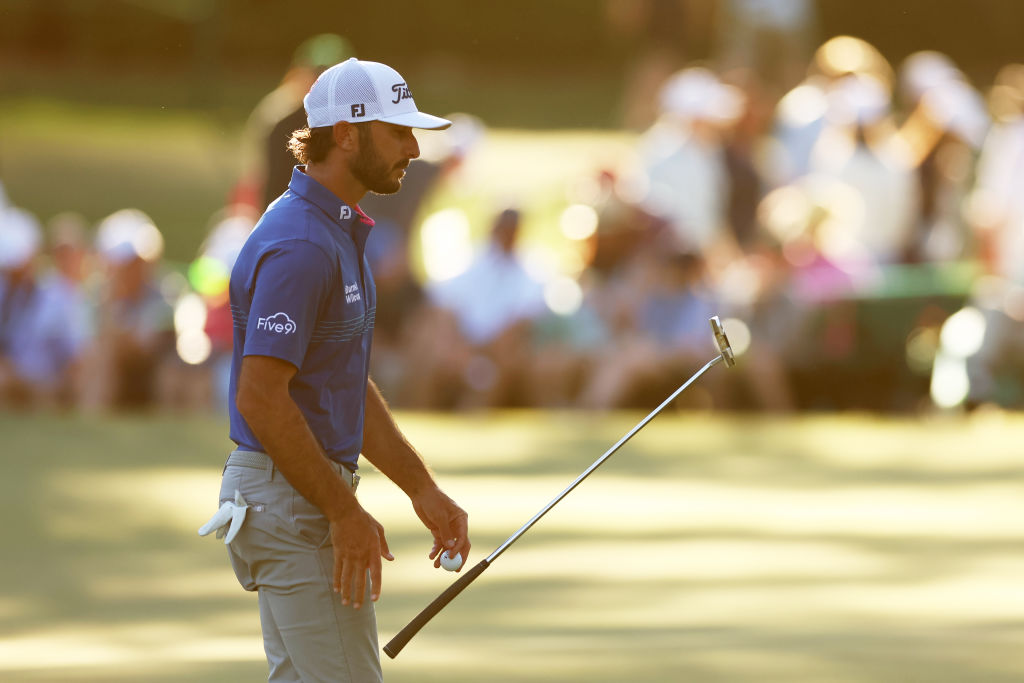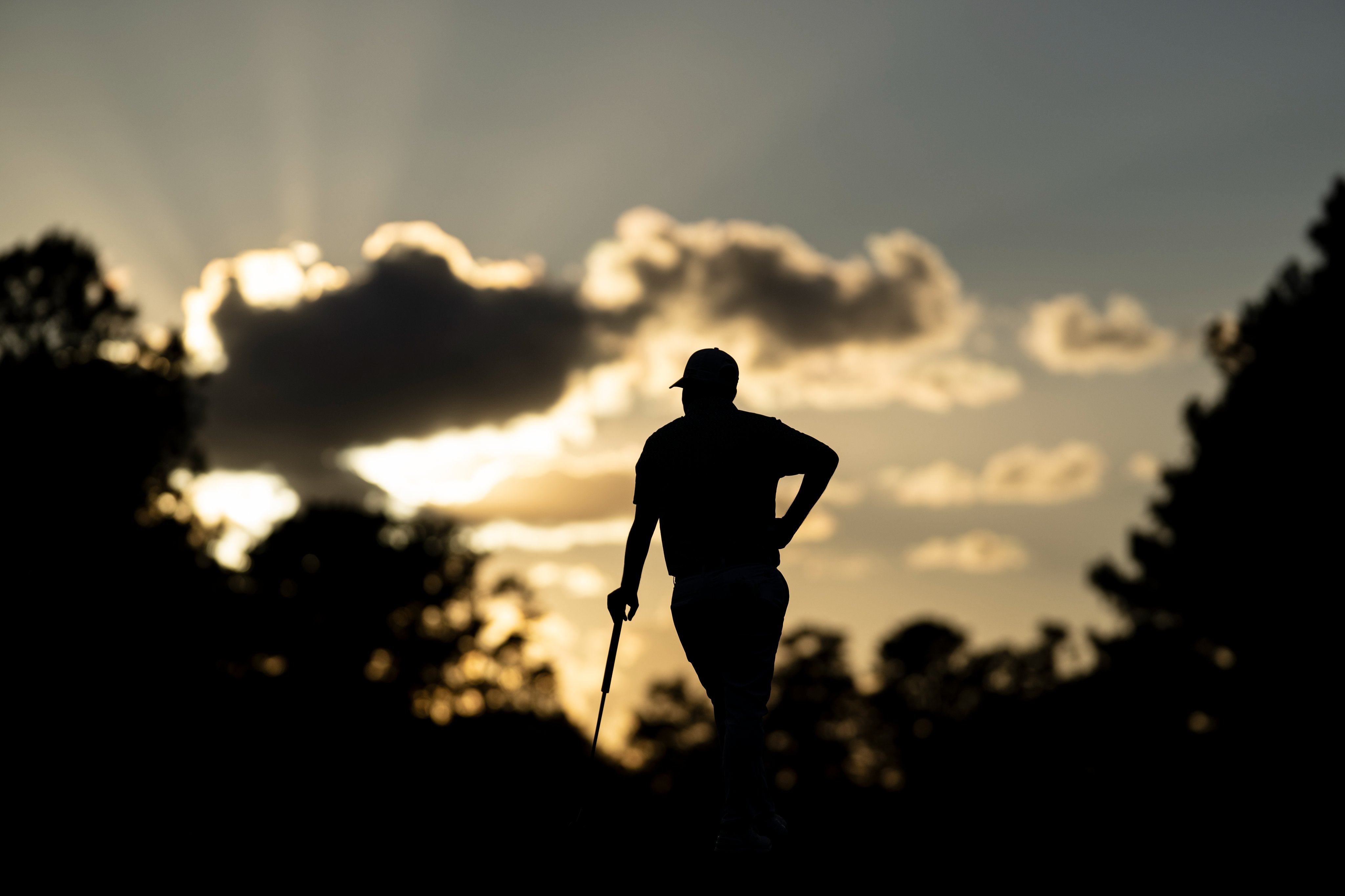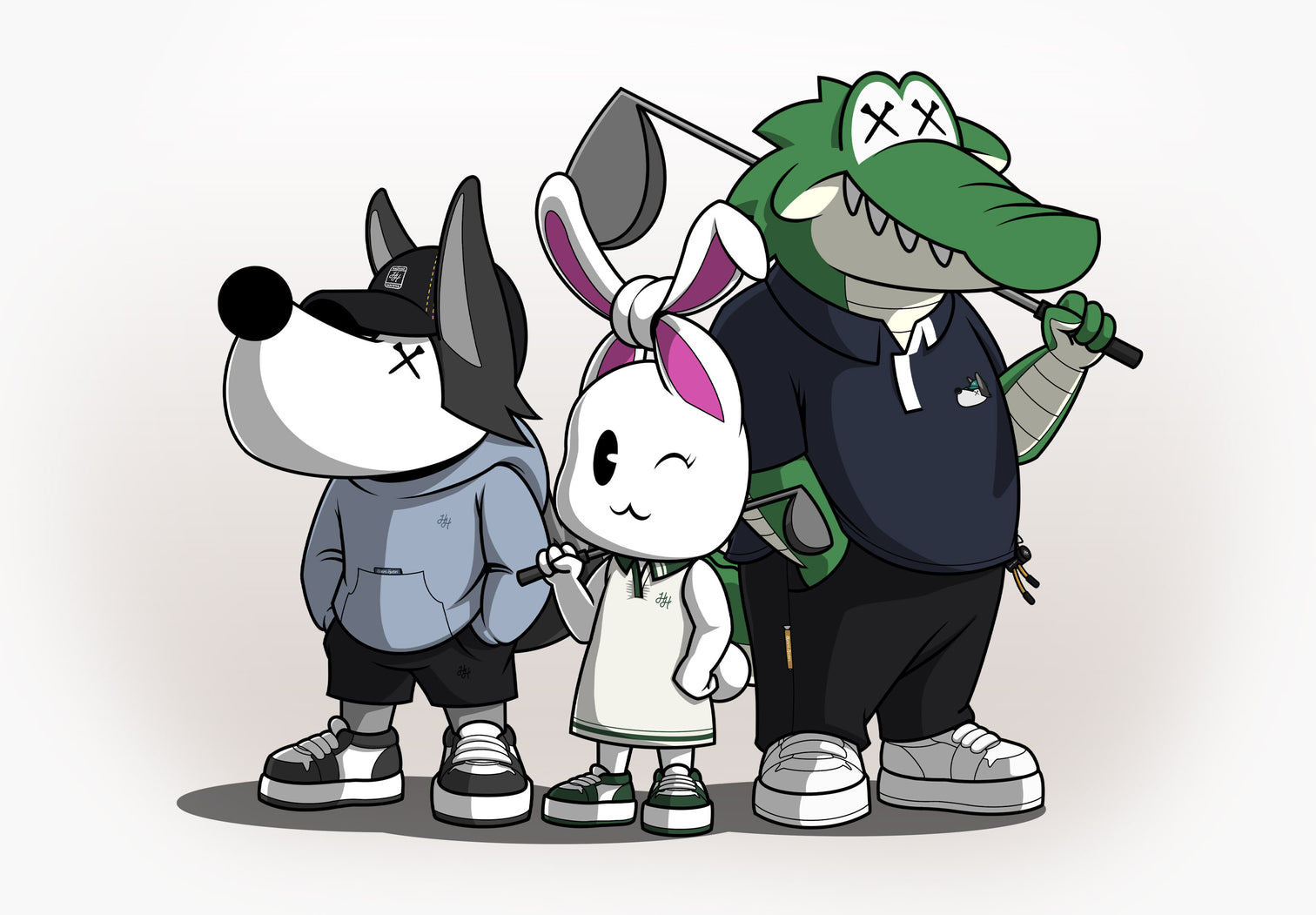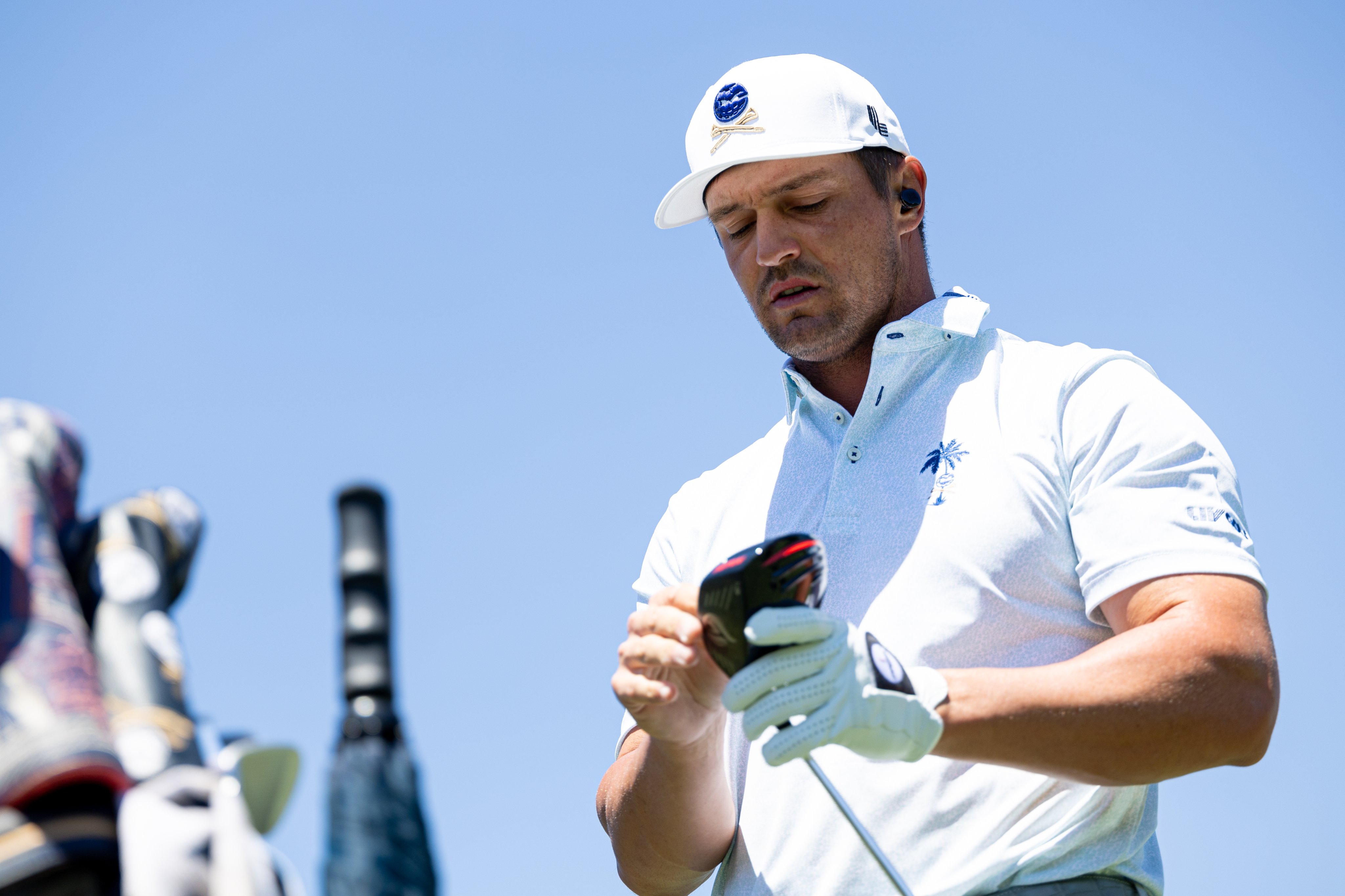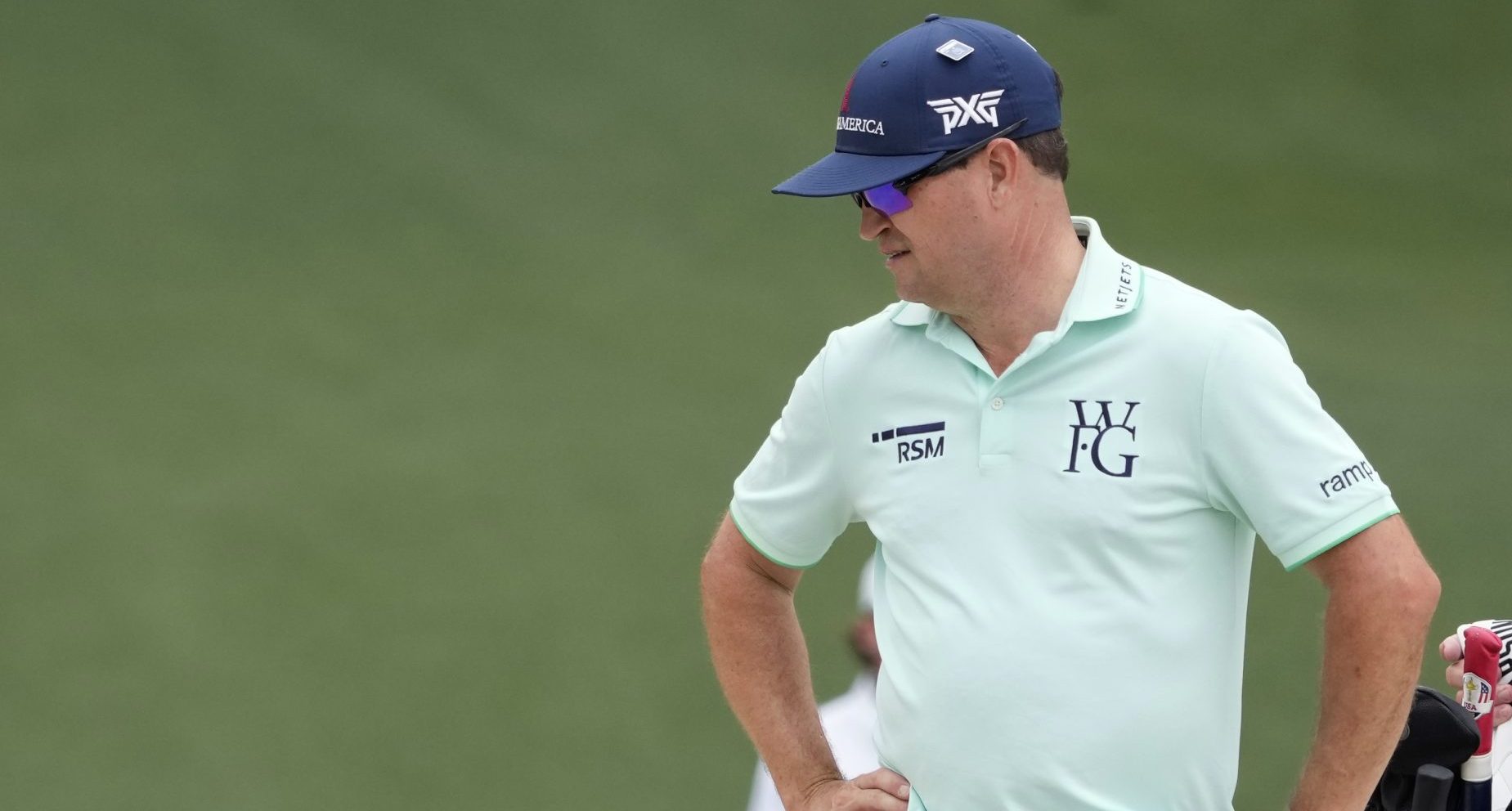Golf Instruction
Does Your Golf Game Need a Band-Aid or First Aid?

Taking a golf lesson should be a fun, painless, and rewarding experience. That being said, unfortunately (outside of beginning golfers), only about 10% of active golfers seek out instruction. Some of this could be due to the fact that when we receive advice the region of the brain that lights up is actually the same one associated with pain. This may not only explain why our kids have to learn everything the hard way, but could also explain the huge popularity of instruction programs on The Golf Channel and all the instruction articles in golf magazines, and on many golf websites such as this one.
Soliciting advice, for most of us at least, is obviously truly painful. And so we fall back on the practice of self-help, preferring the self-satisfaction of accomplishing something ourselves. We want to take personal responsibility for our improvement (this might also explain the proclivity a large percentage of golfers have for voting republican), and the fact brain science has now proven how painful taking advice is we at least know part of the reason why. Another part of this reticence, however, comes from that fact that many students don’t exactly know what they are looking for and what to expect when they decide to finally seek help. Sure they want to get better, but understanding what better looks like and what it will take to make that happen is very important to know before taking a trip down that road or it could end up being a very frustrating journey. Much of any potential frustration, however, could be avoided entirely by asking one simple question:
Do you want a Band-Aid, first-aid, or a fix?
Now before I get to the answer to that question you might be wondering who should be doing the asking. Well a good golf professional should know enough to ask something similar before diving in and trying to turn you into the next Jordan Spieth, but unfortunately many often don’t. And since I know most of you are the type to want to take personal responsibility anyway, let’s just say for arguments sake, asking yourself that question is your primary responsibility before getting started, along with communicating the answer to that question to whomever you’re about to entrust with your golf game. So in the interest of helping you answer that question, as well as to help explain what you should do if you actually are the instructor faced with these particular types of students, let me explain which type of lesson each type of golfer is likely seeking and what the expectations for that should be. We’ll start with the first one.
A Band-Aid
This type of lesson is likely for golfers who really don’t want to work too hard on their games, but who hope to rid themselves of some nagging issue that they think has been holding them back. It may be the classic, “I just want to get rid of my slice,” or the less common, “I’m hooking it too much.” They’re likely the weekend warrior who has little time or inclination to work on their games very seriously and just want a little something that will help them enjoy it a bit more. They’ve been trolling the golf mags, Golf Channel, and the area of the practice tee close enough to where the pro gives his or her lessons in hopes of finding a nugget or two that will help, but with little success so far and so they’ve finally broken down and want a bit of help. They’re not looking to overhaul their swing, and they definitely don’t want to get worse before they get better, so they’re a prime target for something like a stronger or weaker grip, an alignment or clubface change at address, or any other tip that will quickly change their ball-flight a bit, without changing which side of the golf course they have to go looking for their wayward balls on.
Unfortunately, many golf professionals disdain this type of lesson/student and will often try to ease them into something more developmental in the hopes of creating a much better player and/or a longer term student (even if it is unintentionally), but in truth the student who comes looking for a Band-Aid is just being honest with him or herself and honest about the amount of time he or she has to devote to real sustained improvement at that point in their life. So be realistic about what you will put into it and don’t be ashamed to ask for a Band-Aid, and if you’re a professional, don’t be so hesitant to apply one. They have a place and sometimes it’s all a student really wants, or needs to get more enjoyment out of the game they do have.
First Aid
Now this type of lesson is for golfers with the onset of a sudden crisis. They’ve got the shanks, are topping it, the yips, or some other issue all of a sudden that they just can’t play a round. Unfortunately, if you’re the student, when you need first aid it often requires a bit more of a commitment to get well on your part as you’ve likely developed this issue over time and it isn’t something you can always recover from in one 45-minute session. Now there are exceptions to this, but when the types of problems that cause you to seek first-aid strike your game suddenly it’s not just your golf shots that have taken a hit, but likely your self-confidence as well and getting that back may take a little extra devotion, not only to the instructor, but to the practice tee as well.
As an instructor, when you have a student who comes to you looking for first aid you need to understand that they are likely desperate. This is often the last type of person who wants to be taking a lesson, but they’ve just spent the last three rounds financing their buddy’s next vacation and want you to stop the bleeding doc’! Calm them down by first explaining that these types of things happen to almost everyone’s game from time to time and again resist the urge to embark upon any major swing overhauls because as soon as Sir Shanksalot stops seeing that little white pill heading off at a 90 degree angle he is likely to stop seeing you too.
A Fix
Now I need to start by saying I sort of hate the word fix in golf instruction, as it implies that students are broken and it makes us instructors into some sort of mechanic who holds all the power when it comes to your improvement. That isn’t true, but in this instance, for better or worse, the word “fix” is so prevalent in the industry (and it’s a lot shorter and sweeter than developmental lesson) that I go ahead and place it in this little question despite my reservations.
The student looking for a fix is passionate about their game and believes there is a better golfer inside them, but something is keeping them from reaching their potential. They have, or at least believe they have, the requisite time and inclination to work on their games, but need you to “fix” them in order to achieve their goal of reaching a different level. They may be the high-handicapper that has played for quite a while and failed to see any improvement, the 18-handicapper with a long-term goal of playing in single digits, or the 8-handicapper who believes in his or her ability to one-day play near scratch.
As a student, if you’re looking for a “fix”, you just need to understand the possibility that fundamental swing changes may need to be made, that the real magic lies with you and what you put into it, and that the necessary changes may have you feeling a bit lost for a while until you build the new neural pathways that will ultimately have it feeling more like your own. If you trust your instructor enough to go to him or her with your lofty goals (and I might ask why you’re seeing him or her if you don’t) then make the commitment to stay committed to what they are asking you to do. And if you’re the instructor, make sure you are just as invested in their improvement as they are.
Ultimately, learning golf, and the prospect of learning golf should be fun and rewarding, but in order to have the best possible experience you have to understand what exactly you are looking for before you get started. As the famous Stephen Covey once said, “Begin with the end in mind” and you will stand a much better chance of getting where you want to go. And to do that, before you talk to the pro about a lesson next time make sure you honestly ask yourself first, “Do I want a Band-Aid, first-aid, or a fix?” And then make sure you communicate those expectations before you get started. I won’t guarantee that’ll eliminate all possibility of frustration, but I do guarantee that if more students and teachers started by asking themselves that question the whole process would be a whole lot less painful. Who knows, I might even get more than just 10% of you to actually come and pay me visit. See you on the lesson tee.
Cover Photo via Flickr
-
Equipment7 days ago
Bryson DeChambeau is Using Custom 3D Printed Irons at The Masters
-

 Fantasy Golf Predictions5 days ago
Fantasy Golf Predictions5 days agoFantasy Golf Picks, Odds, and Predictions – 2024 RBC Heritage
-
News1 week ago
U.S. Open Champ Takes a Dig at DeChambeau, but Is It Warranted?
-
News7 days ago
WATCH: Frustrated Ryder Cup Caption has Choice Words for Masters Patrons
-
News5 days ago
NOTEGATE: Neal Shipley Shuts Down Rumor that Tiger Handed him a Note
-

 Apparel1 week ago
Apparel1 week agoViktor Hovland Joins Team Puma
-
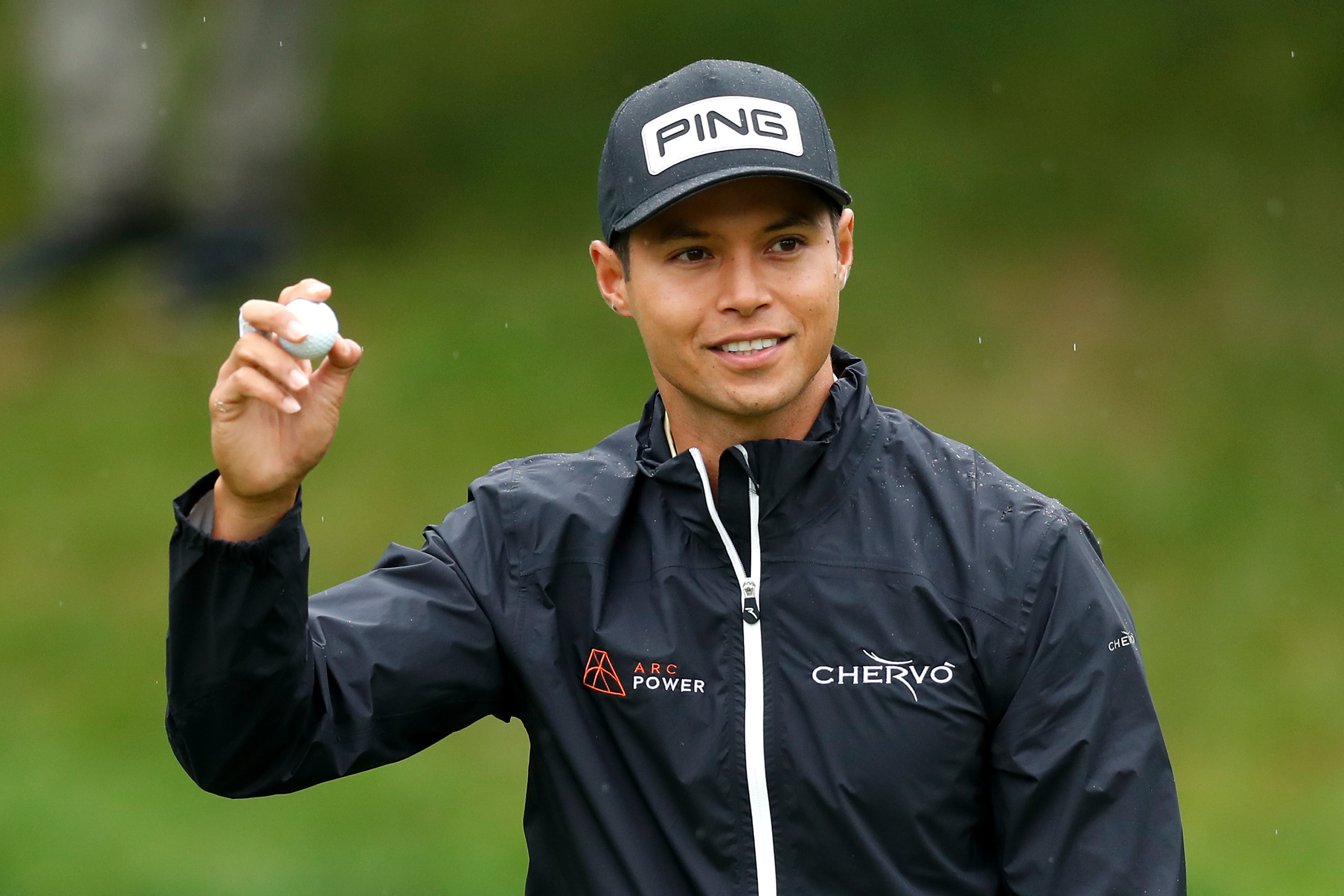
 Apparel1 week ago
Apparel1 week agoChervo Golf: An Italian Masterclass in Apparel and Gear
-
/cdn.vox-cdn.com/uploads/chorus_image/image/73268653/2125243325.0.jpg)
/cdn.vox-cdn.com/uploads/chorus_image/image/73268653/2125243325.0.jpg) News1 week ago
News1 week ago20 Ways to Get Invited to the Masters Tournament


